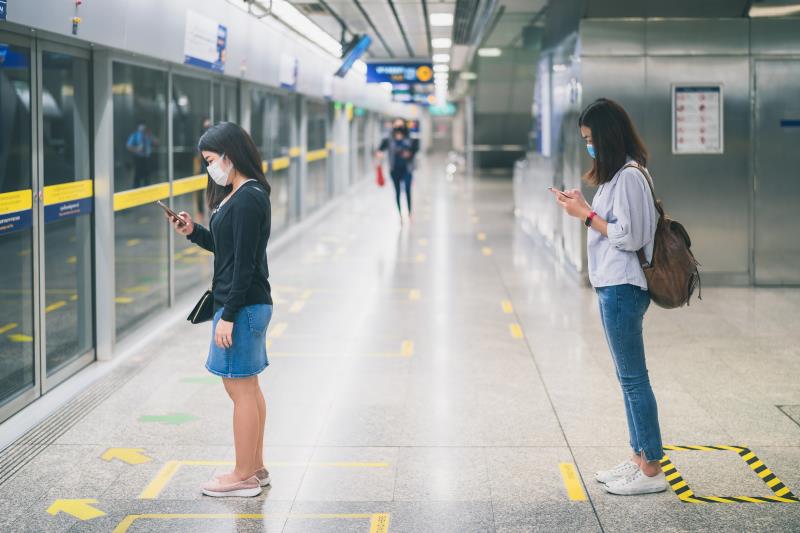Does physical distancing reduce the incidence of COVID-19?





The implementation of physical distancing measures in response to the novel coronavirus disease (COVID-19) pandemic has been shown to be an effective strategy, resulting in a 13-percent decrease in the incidence of COVID-19 globally, according to a study.
Notably, the researchers found that earlier implementation of lockdowns led to a larger decrease in the incidence of COVID-19.
“These findings might support policy decisions as countries prepare to impose or lift physical distancing measures in current or future epidemic waves,” they said.
Interrupted time series analysis was used to conduct this natural experiment, with results synthesized using meta-analysis. Data from 149 countries or regions were collected, including daily reported cases of COVID-19 from the European Centre for Disease Prevention and Control and physical distancing policies from the Oxford COVID-19 Government Response Tracker.
Individual countries or regions implemented one of the five physical distancing interventions between 1 January and 30 May 2020: closure of schools, workplaces, and public transport; restrictions on mass gatherings and public events; and restrictions on movement or lockdowns.
Data from 149 countries showed that physical distancing interventions reduced the COVID-19 incidence by an average of 13 percent (incidence rate ratio [IRR], 0.87, 95 percent confidence interval [CI], 0.85–0.89). [BMJ 2020;370:m2743]
On the other hand, closure of public transport did not result in any additional reduction in COVID-19 incidence when the other four physical distancing measures were in place (pooled IRR with vs without public transport closure, 0.85, 95 percent CI, 0.82–0.88 vs 0.87, 95 percent CI, 0.84–0.91).
Data from 11 countries also indicated similar overall effectiveness (pooled IRR, 0.85, 95 percent CI, 0.81–0.89) when school closures, workplace closures, and restrictions on mass gatherings were in place.
Analysis of intervention sequence revealed that earlier implementation of lockdowns correlated with a greater decrease in COVID-19 incidence (pooled IRR, 0.86, 95 percent CI, 0.84–0.89) compared with a delayed implementation after other physical distancing interventions were in place (pooled IRR, 0.90, 95 percent CI, 0.87–0.94).
“Our finding of a beneficial effect associated with physical distancing interventions aligns with [those] from a recent epidemiological study … in Wuhan, China,” which reported a reduction in COVID-19 incidence following a series of nondrug interventions (eg, restrictions on movement, traffic restrictions, social distancing, home quarantine, centralized quarantine, and universal symptom survey), according to the researchers. [JAMA 2020;doi:10.1001/jama.2020.6130]
The current study, however, is limited by its design, as it did not allow the researchers to evaluate the optimum time for implementation of the physical distancing interventions. In addition, they were not able to define the optimum time for lifting such restrictions.
“Even though our data were suggestive of a greater benefit if the cancellation of public events and lockdowns are implemented earlier, along with closures of schools and workplaces, many of these estimates came from only a few countries,” the researchers said.
A linked editorial stated that the greatest strength of the current study is its reliance on actual data and not on hypothetical modeling. However, using such results turns out to be its greatest weakness as well, as it made the analysis dependent on the quality of data from testing, according to Thomas May, professor of medicine at Washington State University in the US. [BMJ 2020;370:m2809]
“As a result, caution is warranted when interpreting the findings,” May said. “These flaws are not the fault of the authors, who have done admirable work with the information available, [b]ut the collection and reporting of test data by regional and national authorities does not reflect the same commitment to scientific rigor, as evidenced by the authors’ long section on limitations of the study.”